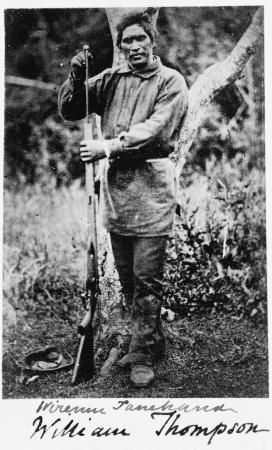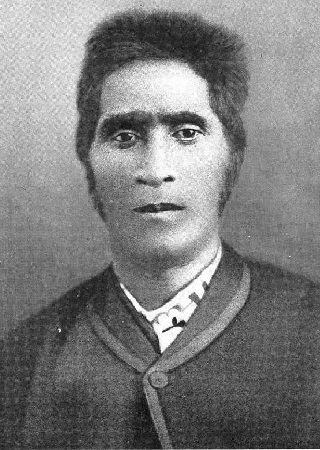Name Wiremu Tamihana | ||
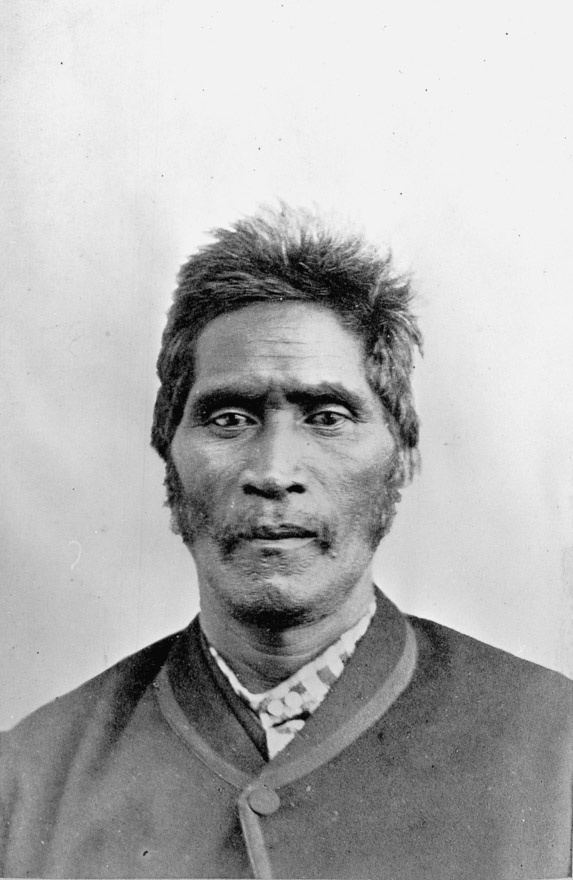 | ||
Died December 1866, South Taranaki District, New Zealand | ||
Ka titiro atu ahau wiremu tamihana medley waikato taniwharau kaumatua 2012
Wiremu Tamihana Tarapipipi Te Waharoa (~1805 - 1866), generally known as Wiremu Tamihana, was a leader of the Ngāti Hauā Māori iwi in nineteenth century New Zealand, and is sometimes known as the kingmaker for his role in the Māori King Movement.
Contents
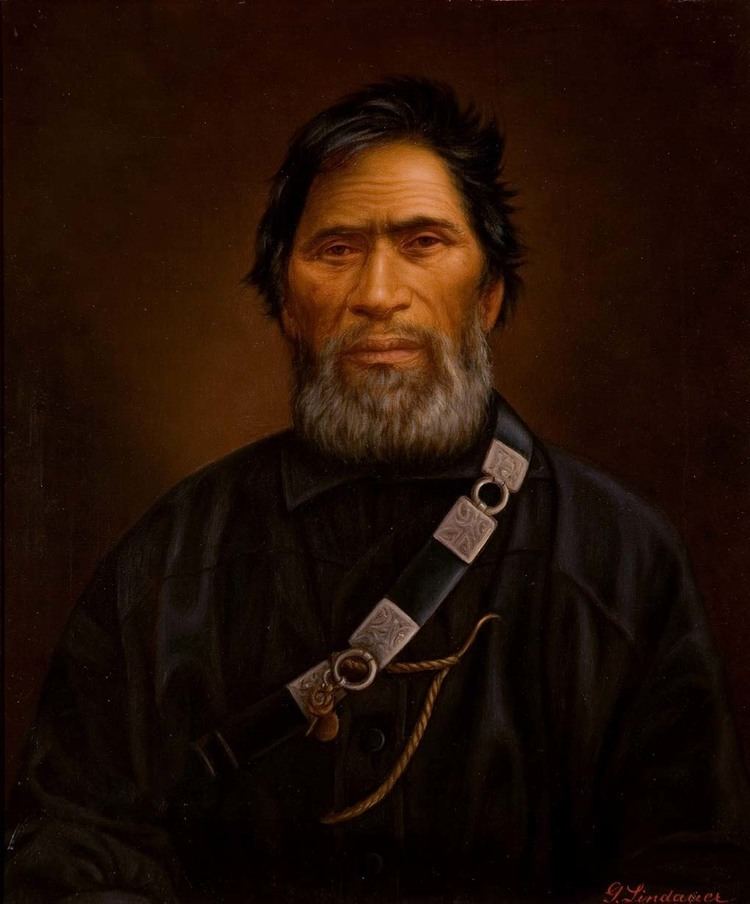
Wiremu Tamihana Tarapipipi Te Waharoa was born around 1805 at Tamahere on the Horotiu plains. His father was Te Waharoa. In his youth he fought in the Musket Wars. In the 1830s he converted to Christianity and was given the Christian name Wiremu Tamihana (William Thompson). He also learnt to read and write in the Māori language. After his father died in 1838, he became a leader of Ngāti Hauā even though he was not his father's eldest son. He founded a new pā or settlement, with rules based on the ten commandments. It included a church capable of holding up to a thousand people. There is no doubt Tamihana was a highly intelligent man with a creative mind keen to learn from the British. He also taught in a school, established farming in his community, and traded produce to Pākehā settlers in Auckland. Another Christian community was founded in 1846 at Peria. He sold many acres of his tribal land that was swampy to the Scottish Morrin brothers who hired Irish navvies to dig ditches and drain the land and turn it into some of the most fertile dairy land in New Zealand.
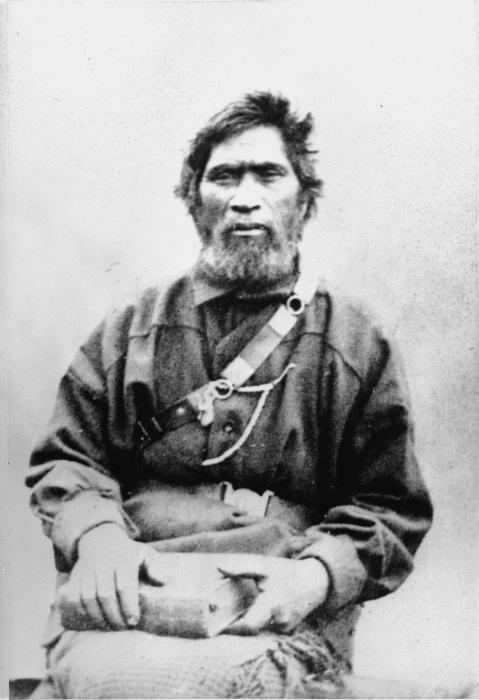
In the late 1850s, Tamihana was largely responsible for the establishment of the Māori King Movement, which aimed to unify rebel Māori by setting up a kingship in opposition to the British government. He was able to persuade several iwi to join the movement, and Potatau Te Wherowhero of Ngāti Mahuta to take on the role of first King. Tamihana provided a statement of laws, based on the Bible. Although the movement was seen by many Pākehā and the government as rebellion, Tamihana intended that the Māori King would be in alliance with Queen Victoria. Tamihana became a diplomat and publicist for the movement, founding a Māori language newspaper for it. In 1861 Governor Thomas Gore Browne issued a declaration demanding Māori submission to the British Crown. Tamihana wrote to him explaining that the King Movement was not in conflict with the Queen but refused to swear the oath of allegiance. He expressed concern that the Governor seemed intent on war but failed to see the implications of rebellion. Later, he wrote a series of 14 threatening letters to Grey who realised that Tamihana was backed by the fierce Rewi Maniapoto. When war did break out, after the killing of 7 British soldiers in a time of peace in Taranaki and the attempted murder of Gorst, a government agent at Te Awamutu, Tamihana remained in favour of negotiation, but others within the King Movement, such as Rewi Maniapoto preferred to fight. Throughout the Invasion of the Waikato Tamihana attempted to negotiate with government forces, to little effect. After the war he campaigned against the resultant confiscation of land. He died in December 1866. By 1873, Waikato rebels had 120,000 acres of land returned and in 1926 and 1946 were paid large sums of cash annually as full and final payment for land. Tamihana's iwi Ngāti Hauā were keen land sellers and this later bought them into conflict with Ngāti Maniapoto over the issue of land ownership or mana whenua.

Tupu Taingakawa was one of Tamihana's sons.

Wiremu tamihana
